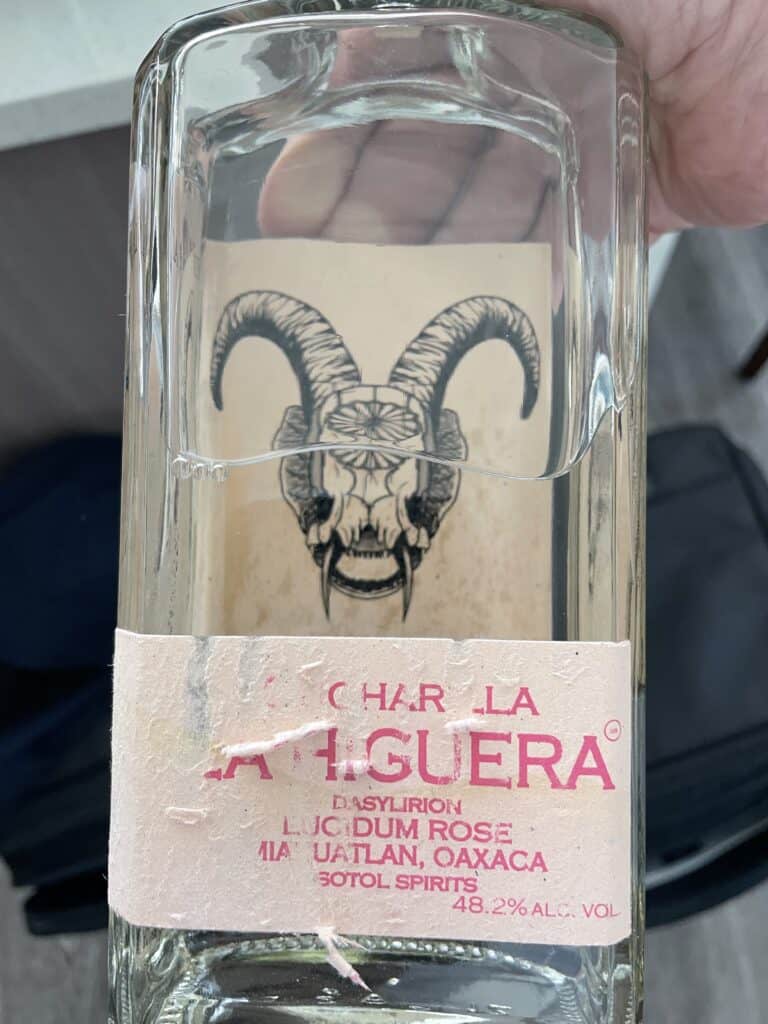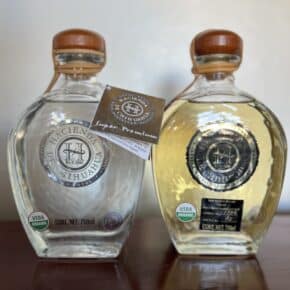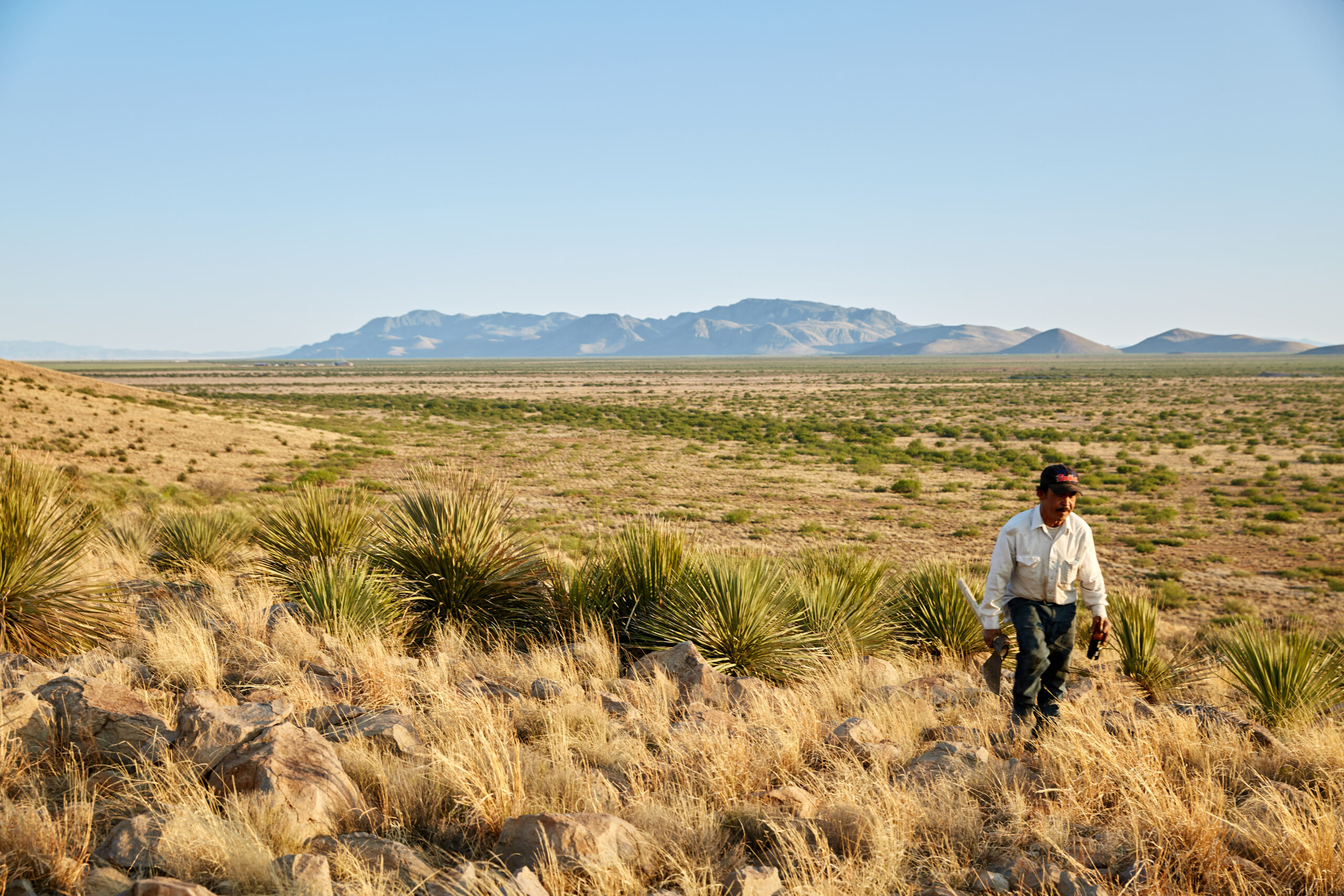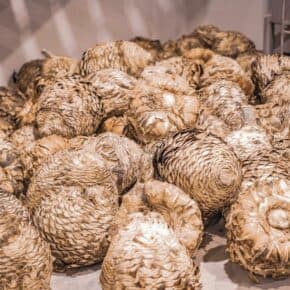I recently had a chance to try two batches of De Terra Desert Spirit from the good folks at Genius Liquids in Austin Texas. Both are made with Dasylirion Texanum, a variety of the Dasylirion species which is often referenced as a sotol plant.
Harvested in Sanderson, TX, the plant hearts, or piñas, were then pressure cooked, mashed with a handmade shredder, naturally fermented in 55 gallon plastic tinas and then double distilled in copper. Both of these batches were the result of several years of study and as Mike Groener, founder of Genius Liquids Distillery and host of the podcast Show de Vie explained, “a lot of support and unity across the agave community.”
The first expression has an ABV of 44.2% and definitely tingled the nasal passage on the first sip. It is earthy and herbal and not usually what you expect from a Sotol. The second expression has an ABV of 48.05% and is so green and grassy and everything you expect from a classic Sotol. This second batch will actually be coming to market in the near future, and given the small batch size will likely sell out fast so if you are interested, be sure to follow @geniusliquids on Instagram to stay on top of the release information.
Now to the elephant in the room. While there is a clearly defined Denominacion de Origen (DO) for the category of Sotol, it currently is not recognized by the United States as Tequila and Mezcal are. This has enabled some companies in the US to call their products Sotol, arguing that legally they can do that, which is true. Morally is a whole other question and this has resulted in very heated, and valid, exchanges over the issue of cultural appropriation.
To complicate things a bit, there is the spirit called Sotol and the source material often called sotol plants. When DOs are created, the name used can be based on the region (Champagne, Tequila), the cultural word (mezcal) or the source material as with sotol. Further complicating things for Sotol is a requirement by the TTB, the part of the US Government that oversees all the labeling requirements for alcohol, to identify that source material on all labels, which means having to put the word sotol on the label.
For companies that want to respect the spirit of the Sotol DO, and be in legal US compliance, several have relied on label design and the use of multiple font sizes. The Cucharilla La Higuera is a great example. The Cucharilla is what they call the Dasylirion or sotol plant in Oaxaca. The label gives prominence to that name and then lower down on the label in a much smaller font size it says Sotol Spirits. Legal and moral compliance.

In the case of some of the sotol spirits that have come out of Texas, bottles have been labeled in large font, Texas Sotol, which completely blurs the line on the issue of respecting the Sotol DO, and has become a hot button issue and one we are looking to explore in our March Conversations in Agave program.
In the meantime, De Terra Desert Spirit will need to follow the TTB requirements by including the word sotol on its label. This will most likely mean using something along the lines of Destilado de Sotol, which would make it both legally and morally compliant.













Would you buy “Chablis” from California? We bought it to deglaze our sauté pans on the line. It came in a box.
Would you buy “Champagne” from Northern California? I think I had my first vomit drunk on that when I was 14.
Gallo still sells “Hearty Burgundy” in gallon jugs.
Strictly from a business POV, why would anyone create a respectable product that places them with these disreputable bedfellows?